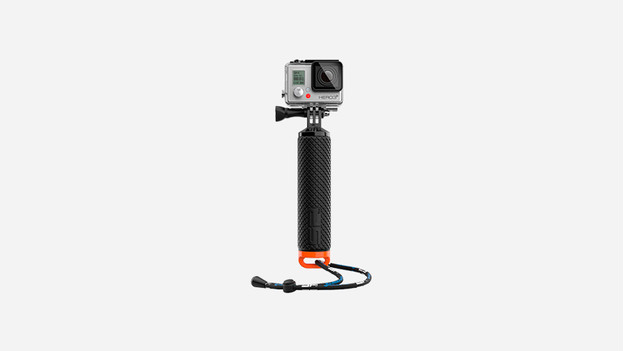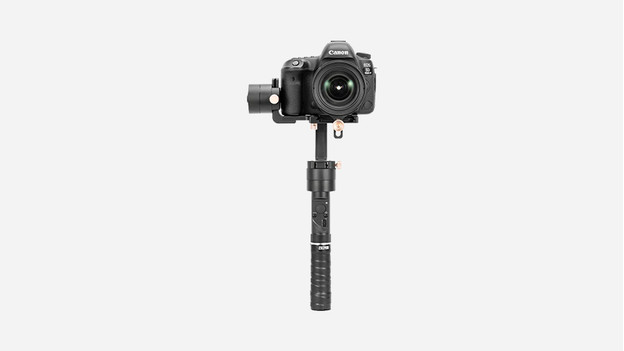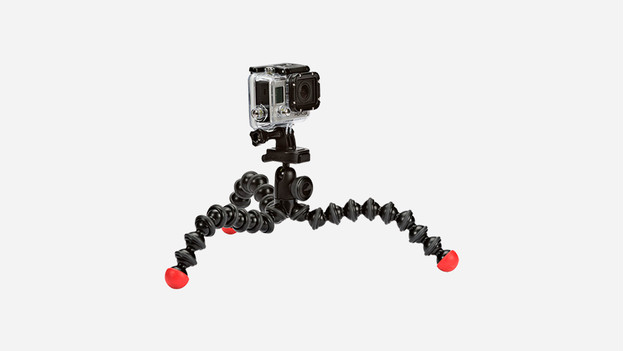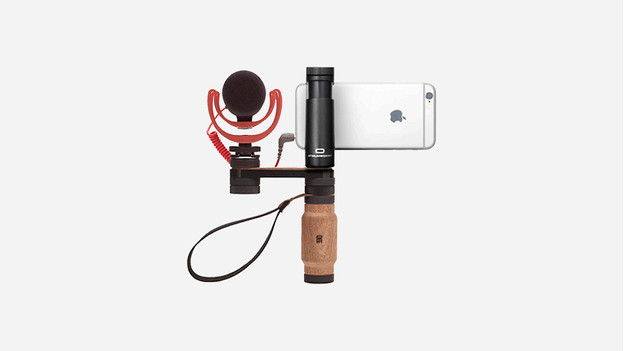
What type of tripod do I need?
Tripod

A tripod is a tripod with 3 legs which you can easily adjust the working height yourself.
Pros
- The 3 legs of this type of tripod provide stability during shooting and filming.
- A tripod offers freedom of movement so that you can record from a distance.
- The working height of a tripod can be set with the retractable legs.
- To most tripods you fix your camera in different angles.
- You can easily take a tripod with you by folding the legs completely.
Cons
- For big cameras you need a large tripod that is heavy weight.
Monopod

A monopod has 1 leg so that this type of tripod offers both stability and freedom of movement.
Pros
- With a monopod, you avoid motion blur while shooting.
- You have more freedom of movement because you can easily move a monopod in all directions.
- A monopod is very suitable for sports and action photography because you can move your camera with the subject.
- With a monopod that you hold in your hand while taking a picture, you shift the distance between you and the camera.
Cons
- You must always hold a monopod with 1 hand.
Stabilizer and gimbal

A stabilizer uses a counterweight to stabilize movement, which ensures smooth images.
Pros
- With a stabilizer you can move your camera without jerking the images.
- Stabilizers usually have a motorized gimbal that lets you rotate the camera.
- Most gimbals control with a joystick or remotely with your smartphone.
- There are stabilizers available for smartphones but also for large and small cameras.
Cons
- A sophisticated stabilizer for your camera is often very expensive.
Mini tripod

A mini tripod is a compact tripod that you put on a table or other elevation.
Pros
- With a mini tripod, you can set your camera just a bit more stable or higher to make unauthorized weighted photos.
- A mini-tripod is very compact and lightweight so you can easily take it anywhere.
- The majority of ministatives have a tilting head that you use to point the lens in the right direction.
- There are mini-stands available for both smartphones and small and larger cameras.
Cons
- The working height of a mini-trip is very limited.
Gorillapod

This type of tripod has pliable legs so you can also place the tripod on uneven surfaces. Pros
- On uneven surfaces you bend the legs so that your camera is straight and stable.
- The the pliable legs of a gorilla pod are clipped around an object such as a fence or pole.
- You can easily store a gorilla pod through its flexible design.
- Gorilla pods are available for heavier cameras such as SLRs.
Cons
- On sloping surfaces, you must ensure that the center of gravity is in the middle.
Rig

A rig is a tripod for your smartphone that you hold in your hand so that you shoot smooth images.
Pros
- By placing your smartphone on a rig, you can create stable photos, videos and vlogs from your hand.
- A rig is very compact so you can easily take it anywhere.
- On most rigs, you also install an external flash or microphone for professional recordings.
- Many rigs are operated wirelessly with a special remote control.
Cons
- A loose rig is often only suitable for smartphones, for cameras you can combine the rig with a shoulder tripod.


